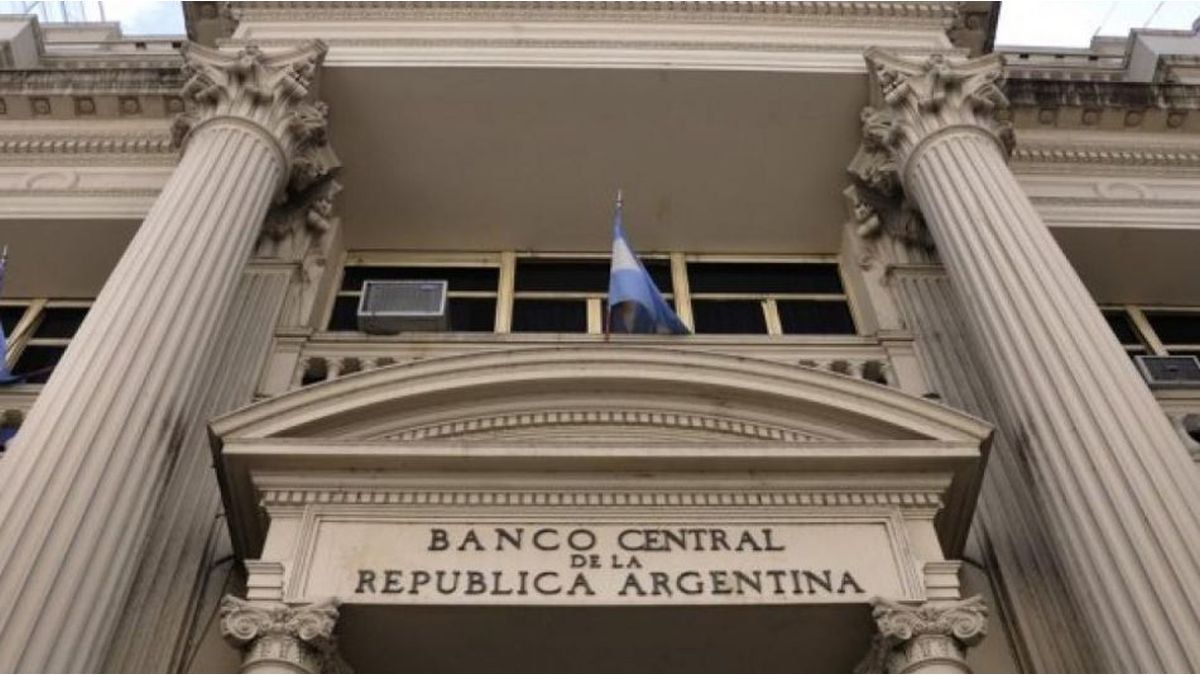Since the beginning of the year, they have advanced an average of 16.5% per month compared to 2022. The inflation data for March is awaited to see if the BCRA decides to raise interest rates.
Hand in hand with wholesale placements, fixed-term deposits show real average growth of 16.5% in the first three months of this year, according to data from the Central Bank. It is a phenomenon linked more than anything to operations of companies and investors and also responds to the policy of raising interest rates launched by the monetary authority to follow the parameters of the agreement with the International Monetary Fund (IMF).
The content you want to access is exclusive to subscribers.
If a disaggregation is made, retail term placements have been losing ground since the beginning of the year, while wholesalers are growing and this is what makes them give positive numbers overall. According to the consulting firm LCG, retail term deposits fell 15.1% in real terms in January, 14.1% in February and 16% in March, while the others grew 30%, 23% and 25.6% in the same period, respectively.


The LCG report indicates in this regard that “except for three-month placements, the rest of the retail fixed terms have been contracting in real terms since October 2020”. “On the contrary, wholesale placements show contraction in 10 of the 30 months. Likewise, since January 2022 it only had two real monthly falls, showing a different dynamic to retailers, ”says the report. LCG suggests that the dynamics of term deposits could be affected by a possible widening of the gap in a context of acute shortage of dollars.
On the other hand, in general terms, andhe average term of placements has been shrinking since the beginning of 2023. On average it fell from 53.5 days to 52.9 in March, indicating public mistrust. Below 60 days is the level it was in March 2003, after the 2001 crisis. It is the lowest level since the peak of almost 110 days in 2006.
Faced with this, the policy of the Central Bank has been to try to accompany the rise in interest rates based on inflation data and daily mini-devaluations that it carries out to prevent the official dollar from lagging far behind inflation. Next Friday the CPI data for March will be released, in which most of the consultants anticipate that it will be close to 7%. Strictly speaking, the entity’s board of directors tries to manage its decisions based on the core inflation.
In February, for example, the general price level grew 6.6% but the core grew 7.7%. Thus, the BCRA raised the fixed term rates and the 28-day Leliqs by 3 percentage points, by taking it to 78% annual nominal, which is equivalent to an Annual Effective Rate (TEA) of 113.2% for deposits of up to $10 million and 69.5% annual nominal for the rest. Some economists, such as Andrés Reschini, believe that the entity led by Miguel Pesce can make some corrections in the rate, but far from equaling the monthly inflation rate. For this, the effective monthly rate should be 7%, equivalent to a nominal rate of 85%.
Pedro Siaba Serrate, economist at Portfolio Personal Inversiones (PPI) believes that the Central Bank will probably have to raise the rate. “You have to see what is happening with the crawling peg. They have been raising it since April began. In the context of the soybean dollar, if the rate is not touched, it creates a disincentive for producers to liquidate. They are going to prefer to keep their grains and finance themselves in pesos”, explained the economist.
Source: Ambito




